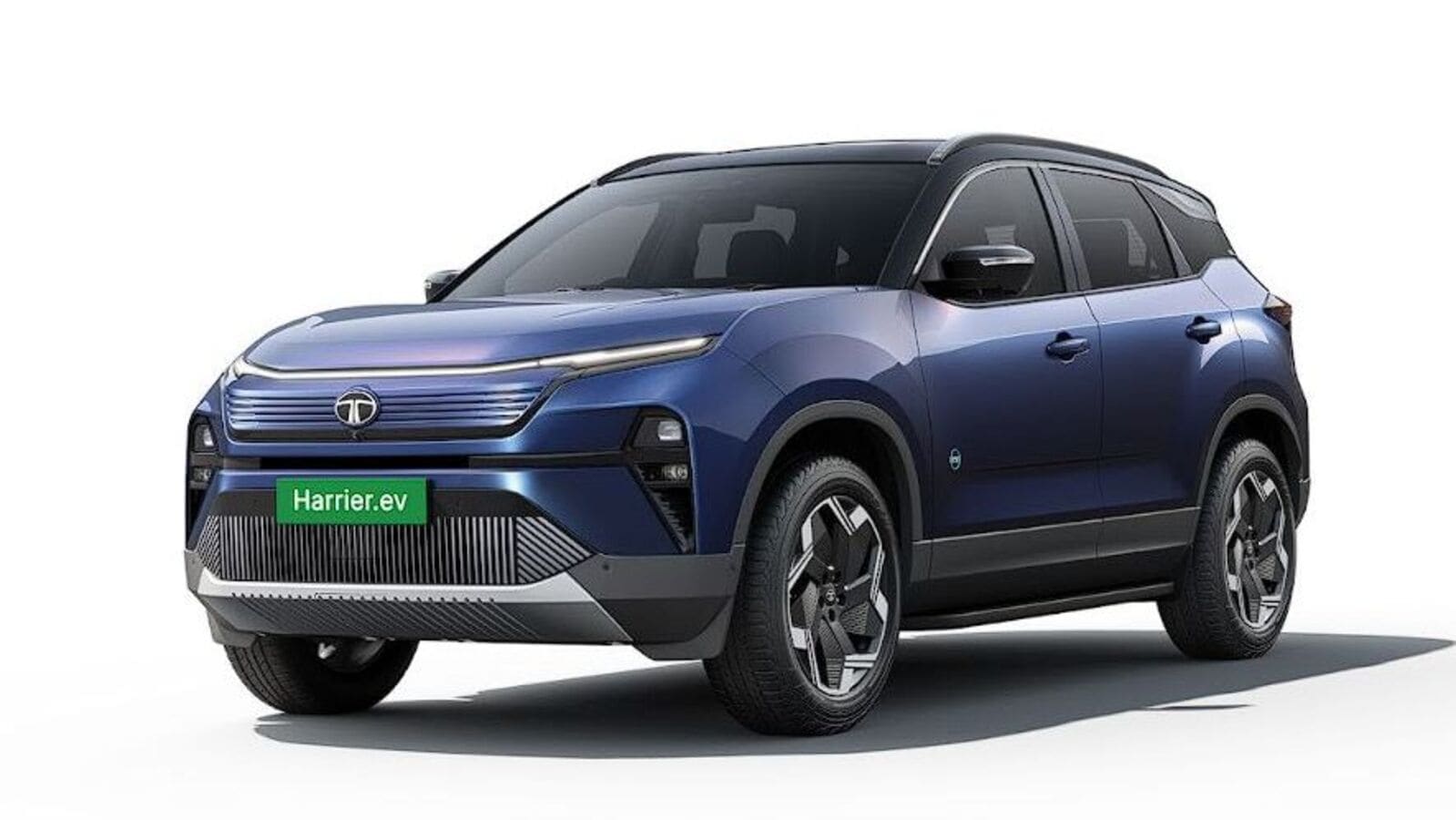- Kia unveiled an electric camper van at SEMA
- Based on the PV5, the WKNDR previews the potential for a recreational EV
- Production of the PV5 and its variants is slated for 2025
The annual SEMA show in Las Vegas is typically a showcase for modified production vehicles and aftermarket parts, but this year Kia brought an adventure-ready electric concept vehicle.
The Kia PV5 WKNDR concept is an electric van derived from the Kia PV5, one of a series of Platform Beyond Vehicle (PBV) concepts Kia unveiled at CES earlier this year. These concepts previewed a line of flexible electric vans for commercial use, but the PV5 WKNDR is aimed at recreation.
Kia PV5 WKNDR concept
A winch-equipped front bumper, chunky tires under flared fenders, and a pop-up camper attachment ready this van for off-grid trips, while built-in solar panels help ensure a level of self-sufficiency once there. An onboard air compressor can also be used to both deflate the tires for off-roading, or inflate an air mattress.
When parked, a modular storage system allows supplies and equipment to be securely stored outside, freeing up more interior space, while still offering easy access, according to Kia. This also includes a mobile kitchen assembly for cooking at a camp site.

Kia PV5 WKNDR concept
As detailed by Kia at CES earlier this year, the PV5 and other PBV concepts differ significantly from current EVs. There’s been no mention of skateboard platform, but instead interchangeable upper bodies, secured to the chassis via magnetic couplings, that allow the same vehicle to serve different roles. One van could switch from a taxi during the day, to a delivery van at night, to a recreation vehicle like the WKNDR on, well, weekends.
Kia has set up a dedicated factory for its PBV business in South Korea that’s due to start production in 2025 with a targeted annual capacity of 150,000 units, and camouflaged prototypes of the PV5 electric van have been spotted testing. Kia views these electric vans as key products for its future EV push, and may use them as the basis for robotaxis should autonomous-driving tech ever reach maturity.




